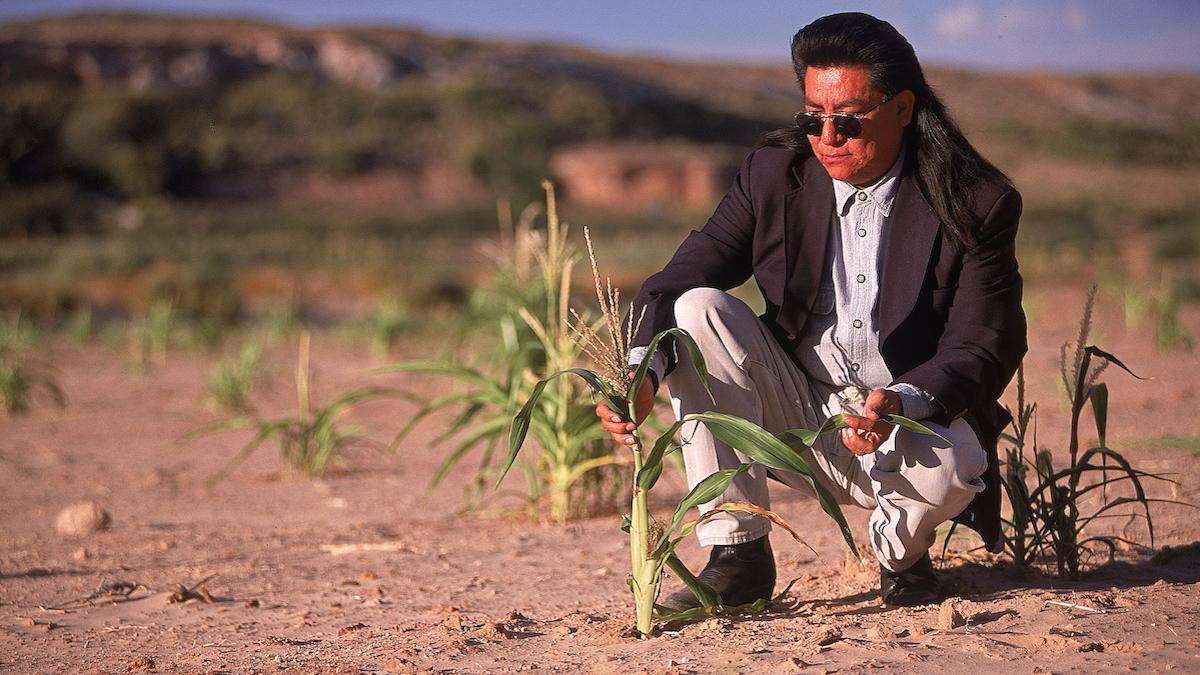
Dispossession, Forced Relocation Left Indigenous People to Suffer Ravages of Climate Crisis, Study Confirms

A major research project published Thursday in Science confirmed and quantified what Indigenous peoples have long believed to be true: ethnic cleansing by European settlers and the U.S. government forced tribes onto marginal lands, resulting in Indigenous peoples across what is now the U.S. being disproportionately exposed to the climate crisis.
Researchers assembled and assessed the historic lands and dispossession of 380 tribes spanning a period from the 1500s through the 19th century. The total land holdings were obliterated. White settlers dispossessed Indigenous tribes of 98.9% of their total lands.
Today, federally- or state-recognized tribes hold just 2.6% of their historical lands. “Whether it’s within the U.S. context or in other parts of the world,” Kyle Whyte, an author of the study, environmental justice professor at the University of Michigan, and a member of the Citizen Potawatomi Nation, told Grist, “Indigenous people are calling for recognition that the reason why they are often facing more severe climate threats than other populations is because of the impact of land dispossession.”
Forced relocation hundreds of miles from their ancestral homes also exposed tribes to extreme weather far beyond what their historical lands experienced. Possibly the most extreme, the Hopi reservation in what is now northeastern Arizona endures 57 days above 100°F per year, compared to just 2 days per year on their historic lands which included higher elevations.
More extreme heat harms human health and drives up energy costs. “In the past, we used to go to the high country, where we had our summer camps. That’s where we would cool off,” said Nikki Cooley, co-manager of the Tribes & Climate Change Program at Northern Arizona University and a citizen of the Diné (Navajo) Nation, in what is now northern Arizona. “We don’t have that, because all of the high-elevation communities are off the reservation.”
While legislation currently being negotiated in Congress includes $216 million for tribal climate resilience and adaptation, of which $130 million would help Indigenous communities leave dangerous areas, the study’s authors say giving the land back would go further to reparing the unknowable historic harms — echoing a long chorus of calls by the LANDBACK movement.
“There are really meaningful, deep connections that people have to place,” Paul Berne Burow, one of the paper’s authors and a doctoral student at Yale, said. “Returning dispossessed lands is one of the best things that can be done to begin to address these inequalities.”
For a deeper dive:
For more climate change and clean energy news, you can follow Climate Nexus on Twitter and Facebook, sign up for daily Hot News, and visit their news site, Nexus Media News.

 233k
233k  41k
41k  Subscribe
Subscribe 